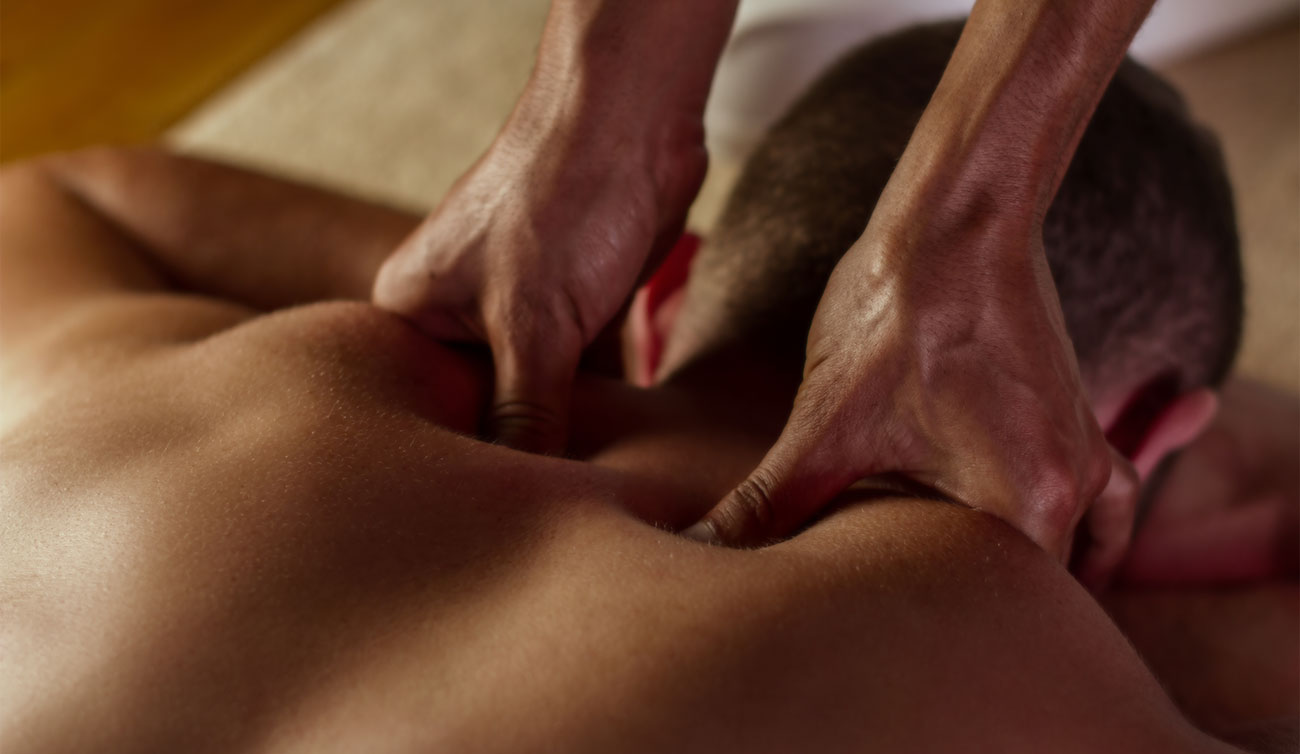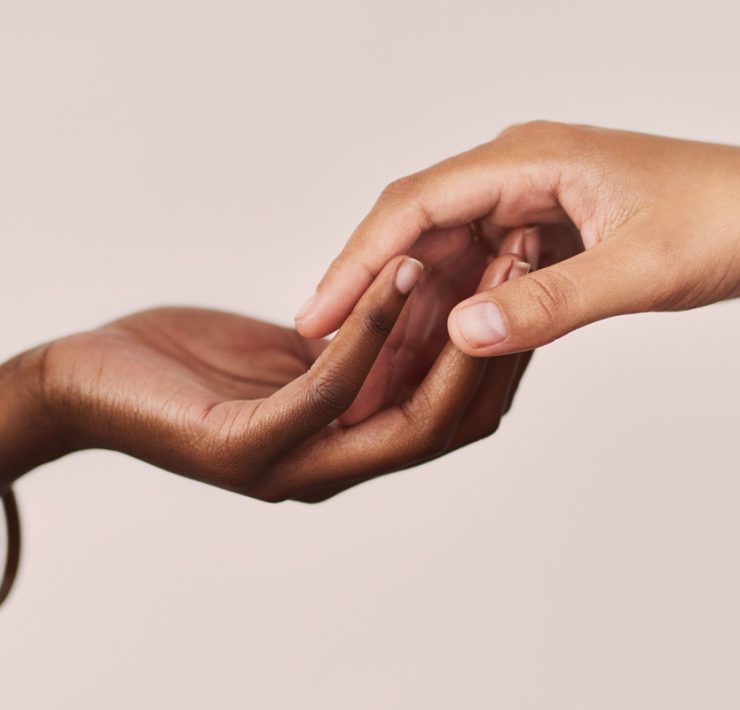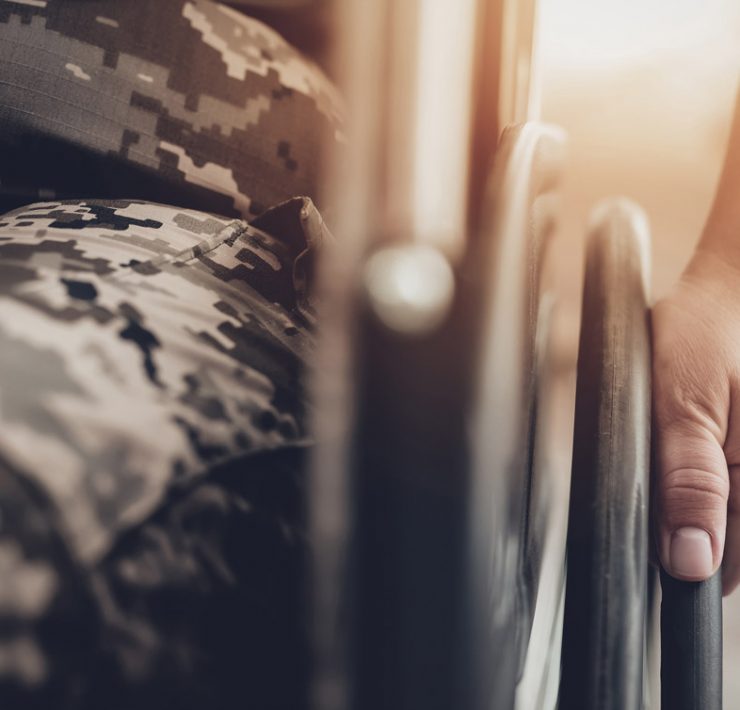Post Traumatic Stress Disorder (commonly known as PTSD) is a psychological condition caused by experiencing, or being exposed to, a traumatic event. Such events may be, but are not limited to, physical and/or sexual violence, natural disasters, serious accidents, and war. While PTSD was first formally identified in veterans of the American Civil War, it may occur in people of any background and age.
PTSD is not uncommon. According to the National Institute of Health, an estimated 3.5% of American adults have PTSD every year, and 6.8% will experience it during their lifetimes. Veterans have a higher incidence of PTSD. 13.5% of veterans of the Iraq War have been diagnosed with the condition, though the actual percentage of veterans with PTSD may be as high as 30%.
CPTSD
A related disorder is Complex PTSD (C-PTSD). While PTSD is caused by an acute traumatic experience, C-PTSD is thought to be caused by the experience of trauma, particularly abuse, over a period of months or years. People who experience physical, sexual, and/or emotional abuse as children are thought to be more likely to be diagnosed with C-PTSD.
Symptoms of PTSD and C-PTSD
PTSD and C-PTSD present with similar symptoms, which can range from mild to severe. These may include:
- Persistent unwelcome thoughts or recollections, including flashbacks to traumatic events
- Negative thoughts, inability to experience positive thoughts, emotional detachment, self-hatred
- Avoidance of anything reminiscent of the traumatic event or events, including memory loss about the event(s)
- Hyperarousal, including difficulty sleeping, stress, irritability, jumpiness, panic attacks
Treatment
PTSD is a complex disorder, and successful treatment is similarly multi-faceted. As the condition varies from person to person, a different combination of treatments may be tried before the right mix is discovered. Current treatment for PTSD may include cognitive therapy, medication, and, increasingly, unexpected (novel, etc) therapies such as massage, yoga and mindfulness.
Massage
Many of the most common symptoms of PTSD can be significantly reduced or alleviated by a massage regimen, specifically stress, lack of sleep, and hyperarousal, as massage increases levels of serotonin and melatonin, hormones that promote relaxation and better sleep. While studies are ongoing, early indications of a medical usage of massage in PTSD treatment is encouraging. Studies have shown that survivors of sexual abuse saw a reduction in PTSD symptoms after a massage regimen. In a study conducted by the Department of Veterans Affairs, participants found that massage improved their mood, reduced irritability, and increased quality sleep, all useful for PTSD treatment.
Special considerations for PTSD massage
Whether you are getting a massage to treat PTSD, or whether you are working with a client with PTSD, there are a few special guidelines to consider.
If you are getting a massage for PTSD
- Inform the massage therapist that you are suffering from PTSD, and describe your symptoms as best you can.
- Let the therapist know about your history with massage.
- Let the therapist know if the treatment causes you any discomfort or triggers any adverse feelings at any time.
- Explain to the therapist what level of light, pressure, music, and conversation you would find helpful.
- Know that you can stop the massage treatment at any time if you find it ineffective or uncomfortable.
- Understand that you are receiving a medical massage for valid reasons.
If you are giving a massage to someone with PTSD:
- Talk to the client about their symptoms.
- Understand that some PTSD sufferers may require a very quiet and/or dark environment to avoid hyperarousal triggers.
- Check in frequently about pressure and areas of treatment to avoid triggering PTSD responses.
- Help the client feel in control of their healing experience, including level of dress, location of massage, and positioning.
- Read and do research on PTSD and related conditions.
Marcy is the SVP of People and Communications at Zeel. In addition to overseeing the humans of Zeel, Marcy has written about workplace topics for more than 20 years both at Zeel and as VP of Content for Vault.com, a career information web site and publisher.





